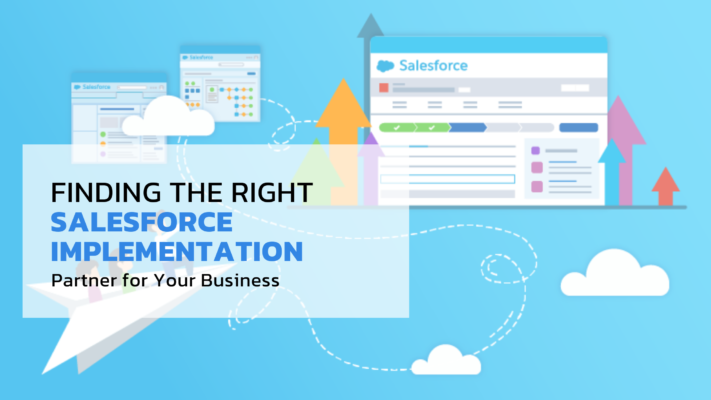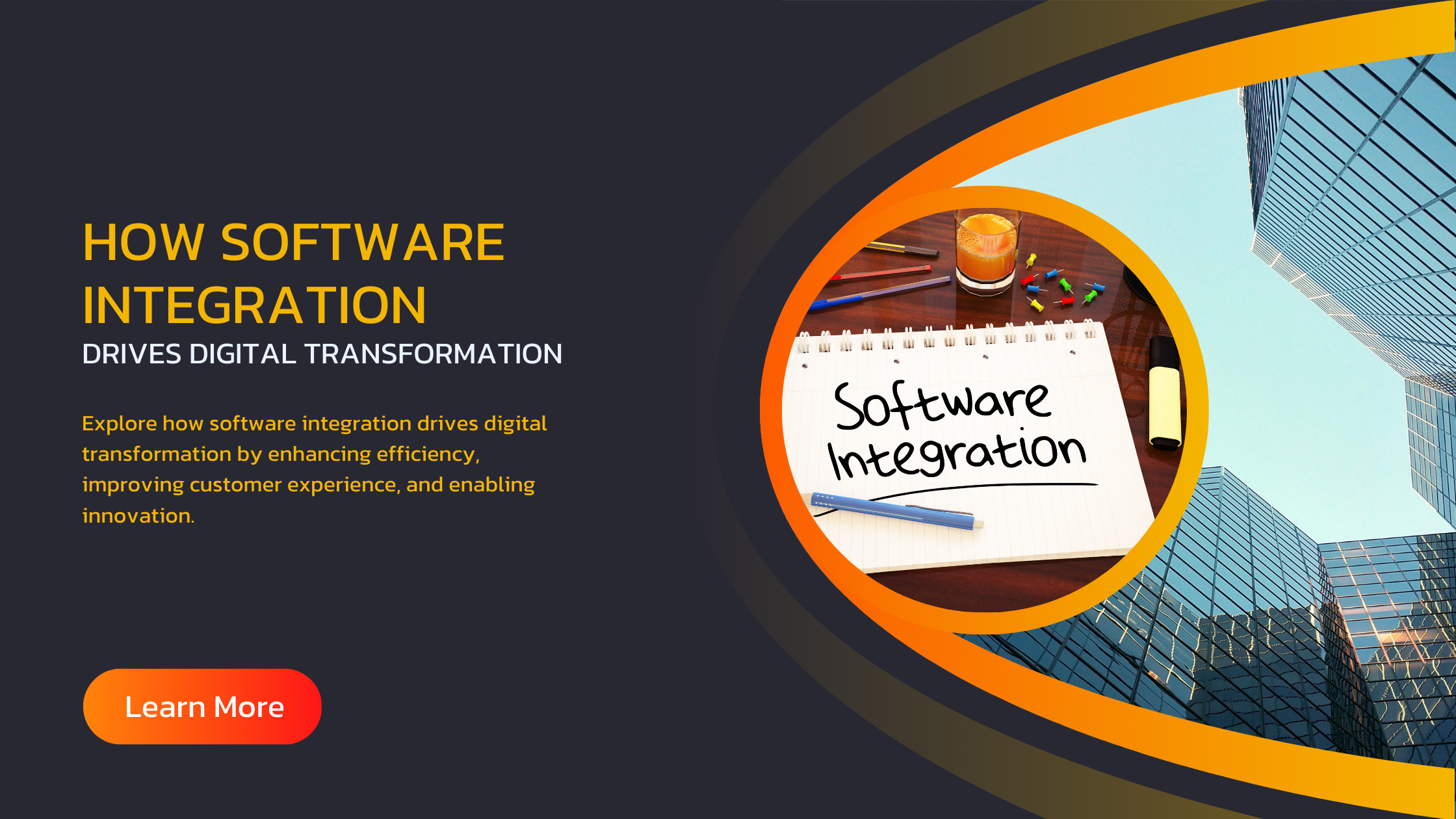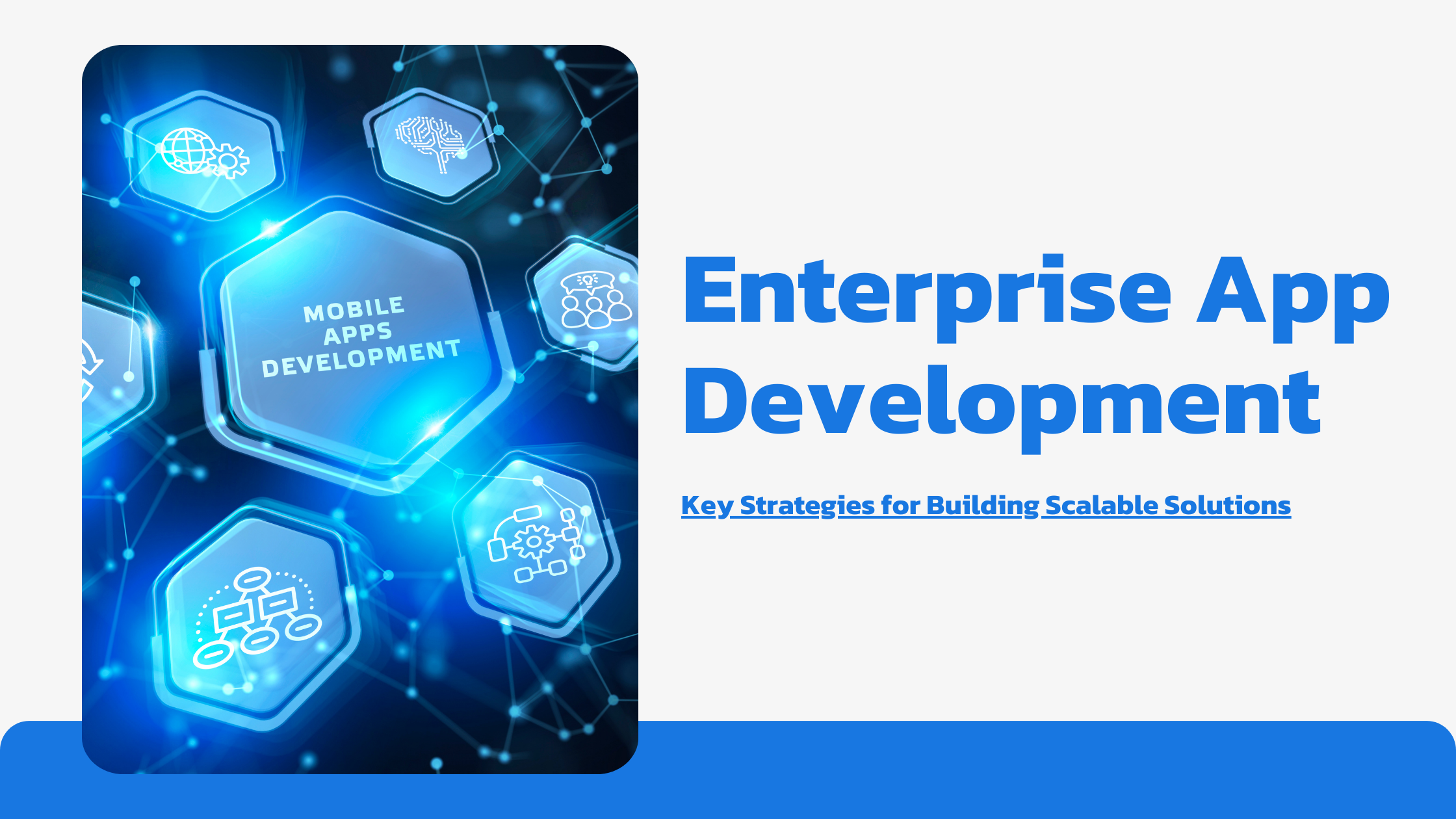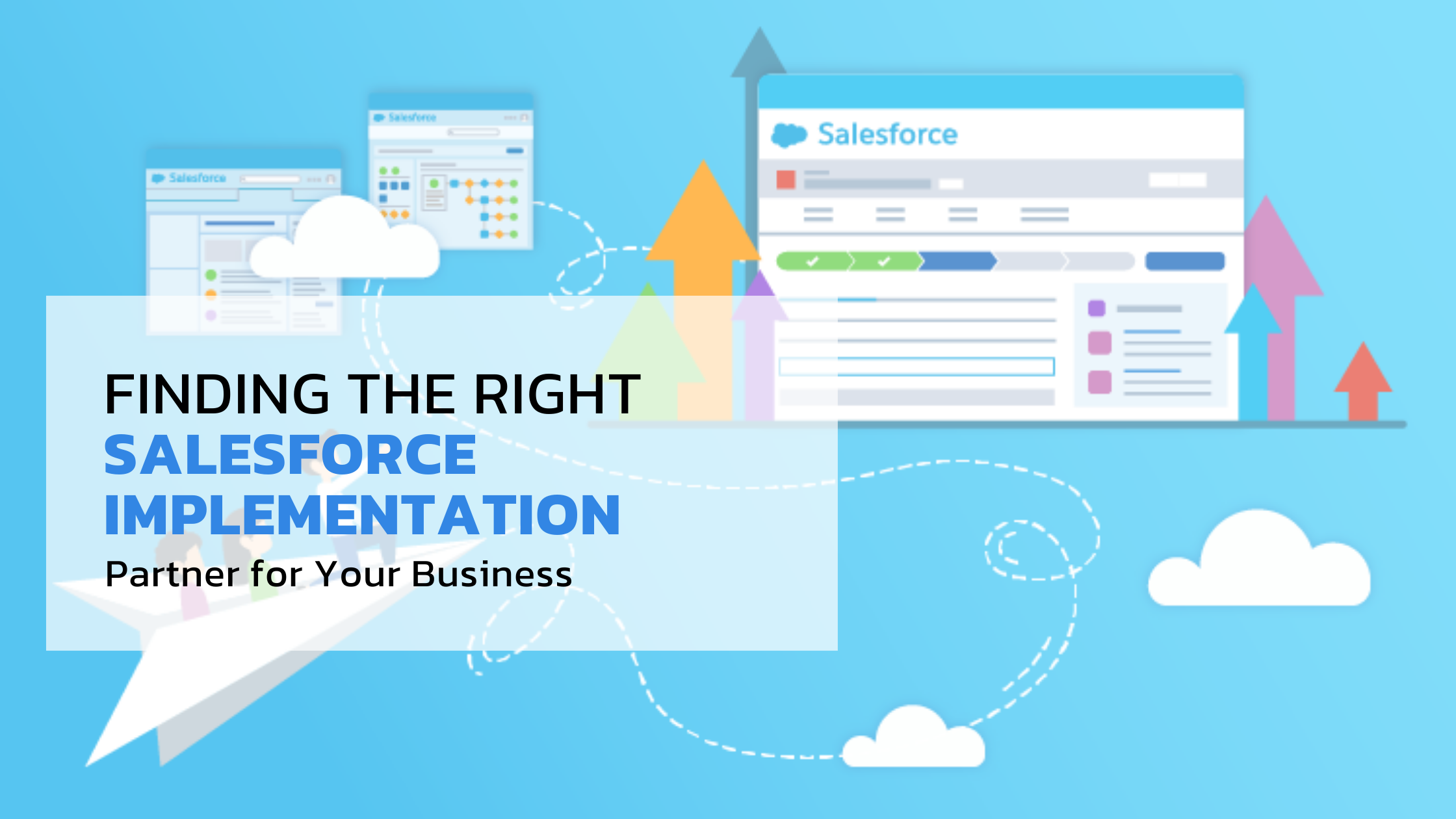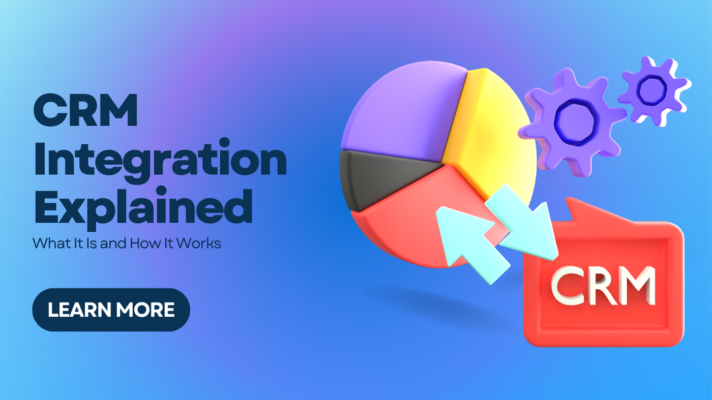
Customer Relationship Management (CRM) systems have become indispensable tools for organizations of all sizes. However, to truly harness the power of a CRM, it’s crucial to understand the concept of Customer Relationship Management (CRM) . So, what is CRM integration? How does it work? And why is it so important for businesses? This comprehensive guide will answer these questions and more, providing you with a deep understanding of CRM integration and its impact on modern business operations.
What is CRM Integration?
At its core, CRM integration refers to the process of connecting a CRM system with other business applications, tools, or databases to create a unified ecosystem of data and functionality. This integration allows for seamless data flow between different systems, enabling businesses to have a comprehensive view of their customer interactions, streamline processes, and make more informed decisions.
But what is CRM integration in practical terms? It’s the bridge that connects your CRM with other essential business tools such as:
1. Marketing automation platforms
2. E-commerce systems
3. Enterprise Resource Planning (ERP) software
4. Customer service and support tools
5. Social media platforms
6. Email marketing systems
7. Accounting software
8. Business intelligence tools
By integrating these various systems with your CRM, you create a centralized hub of information that provides a 360-degree view of your customers and business operations.
The Importance of CRM Integration
Now that we’ve answered the question “What is CRM integration?”, let’s explore why it’s so crucial for modern businesses:
1. Enhanced Data Accuracy: CRM integration eliminates the need for manual data entry across multiple systems, reducing errors and ensuring data consistency.
2. Improved Efficiency: By automating data transfer between systems, Customer Relationship Management (CRM) saves time and reduces the workload on your team.
3. Better Customer Insights: With integrated data from various sources, you gain a more comprehensive understanding of your customers’ behavior, preferences, and needs.
4. Streamlined Processes: Customer Relationship Management (CRM) allows for the automation of cross-platform workflows, improving overall operational efficiency.
5. Increased Productivity: Employees can access all relevant information from a single interface, reducing the time spent switching between different applications.
6. Enhanced Decision Making: With a holistic view of your business data, you can make more informed decisions based on accurate, up-to-date information.
7. Improved Customer Experience: Customer Relationship Management (CRM) enables personalized interactions across all customer touchpoints, leading to higher customer satisfaction.
How CRM Integration Works
Understanding what CRM integration is is just the first step. To fully grasp its potential, it’s important to know how it works. CRM integration typically involves the following components:
1. APIs (Application Programming Interfaces): APIs act as intermediaries that allow different software applications to communicate with each other. Most modern CRMs offer robust APIs that facilitate integration with other systems.
2. Integration Platforms: These are specialized tools designed to connect different applications and manage data flow between them. Examples include MuleSoft, Zapier, and Dell Boomi.
3. Data Mapping: This process involves defining how data fields in one system correspond to fields in another system, ensuring that information is transferred correctly.
4. Webhooks: These are automated messages sent from one application to another when a specific event occurs, triggering actions in the receiving system.
5. Middleware: In some cases, middleware software may be used to facilitate communication between different systems, especially when dealing with legacy applications.
The CRM integration process typically follows these steps:
1. Identify Integration Needs: Determine which systems need to be integrated with your CRM and what data needs to be shared.
2. Choose Integration Method: Decide whether to use native integrations provided by your CRM, third-party integration platforms, or custom development.
3. Plan Data Mapping: Define how data will be mapped between different systems to ensure accurate information transfer.
4. Set Up Integration: Configure the chosen integration method, establishing connections between the CRM and other systems.
5. Test the Integration: Thoroughly test the integration to ensure data is flowing correctly and all systems are working as expected.
6. Go Live and Monitor: Launch the integration and continuously monitor its performance, making adjustments as needed.
Types of Customer Relationship Management (CRM) Integration
When exploring what Customer Relationship Management (CRM) is, it’s important to understand that there are different types of integration, each serving specific purposes:
1. One-way Integration: Data flows in one direction, typically from one system to the CRM or vice versa.
2. Two-way Integration: Data is synchronized bidirectionally between the CRM and other systems, ensuring consistency across platforms.
3. Real-time Integration: Data is updated instantly across integrated systems as changes occur.
4. Batch Integration: Data is transferred in batches at scheduled intervals, which can be useful for large volumes of data.
5. Native Integration: Built-in integrations provided by the CRM vendor, often offering seamless connectivity with specific applications.
6. Custom Integration: Tailored integrations developed to meet specific business needs, often involving complex data flows or unique systems.
Common CRM Integration Scenarios
To better understand what CRM integration is in practice, let’s explore some common integration scenarios:
1. CRM and Marketing Automation Integration: This integration allows for seamless lead management, campaign tracking, and personalized marketing efforts based on CRM data.
2. CRM and E-commerce Integration: By connecting your CRM with your e-commerce platform, you can sync customer data, order information, and product details, providing a unified view of online and offline customer interactions.
3. CRM and ERP Integration: This integration enables a holistic view of customer interactions and financial data, improving forecasting and decision-making.
4. CRM and Customer Service Integration: Connecting your CRM with customer service tools allows for better issue tracking, faster resolution times, and improved customer satisfaction.
5. CRM and Social Media Integration: This integration enables social listening, sentiment analysis, and social customer service capabilities within your CRM.
6. CRM and Email Integration: By integrating your CRM with email platforms, you can track email interactions, automate follow-ups, and maintain a complete communication history with customers.
Benefits of Customer Relationship Management (CRM) Integration
Now that we’ve explored what CRM integration is and how it works, let’s delve into its specific benefits:
1. Centralized Data: Customer Relationship Management (CRM) creates a single source of truth for all customer-related information, eliminating data silos and inconsistencies.
2. Improved Customer Service: With access to comprehensive customer data, service representatives can provide more personalized and efficient support.
3. Enhanced Sales Performance: Sales teams can leverage integrated data to identify opportunities, track interactions, and close deals more effectively.
4. More Effective Marketing: Integrated customer data allows for more targeted and personalized marketing campaigns, improving ROI.
5. Better Reporting and Analytics: With data from multiple sources consolidated in the CRM, businesses can generate more comprehensive and insightful reports.
6. Increased Operational Efficiency: Automation of data transfer and cross-platform processes reduces manual work and improves overall efficiency.
7. Scalability: Customer Relationship Management (CRM) provides a flexible foundation that can adapt to growing business needs and incorporate new systems as required.
Challenges of Customer Relationship Management (CRM) Integration
While the benefits of CRM integration are significant, it’s important to be aware of potential challenges:
1. Data Quality Issues: Integrating systems with inconsistent or poor-quality data can lead to problems across the entire ecosystem.
2. Technical Complexity: Depending on the systems involved, Customer Relationship Management (CRM) can be technically challenging and may require specialized expertise.
3. User Adoption: Employees may resist changes to their workflows resulting from new integrations, necessitating proper change management strategies.
4. Security Concerns: Integrating multiple systems can potentially create security vulnerabilities if not implemented correctly.
5. Maintenance and Updates: Integrated systems require ongoing maintenance and updates to ensure continued compatibility and optimal performance.
6. Cost: Depending on the complexity and scope, Customer Relationship Management (CRM) projects can be costly, requiring careful budgeting and planning.
Best Practices for Successful CRM Integration
To maximize the benefits of CRM integration and overcome potential challenges, consider these best practices:
1. Define Clear Objectives: Before starting a Customer Relationship Management (CRM) project, clearly define your goals and expected outcomes.
2. Prioritize Data Quality: Implement data cleansing and validation processes to ensure high-quality data across all integrated systems.
3. Choose the Right Integration Method: Select the most appropriate integration method based on your specific requirements and existing technology stack.
4. Implement Strong Security Measures: Ensure that proper security protocols are in place to protect sensitive data during and after the integration process.
5. Provide Adequate Training: Offer comprehensive training to employees to ensure smooth adoption of the integrated systems and new workflows.
6. Start Small and Scale: Begin with integrating the most critical systems and gradually expand to others as you gain experience and see positive results.
7. Monitor and Optimize: Continuously monitor the performance of your integrated systems and optimize as needed to maintain efficiency.
8. Stay Compliant: Ensure that your Customer Relationship Management (CRM) adheres to relevant industry regulations and compliance standards.
Future Trends
As technology continues to evolve, so does the landscape of Customer Relationship Management (CRM) . Here are some emerging trends to watch:
1. AI-Driven Integration: Artificial Intelligence is expected to play a larger role in automating and optimizing integration processes.
2. IoT Integration: As the Internet of Things (IoT) grows, integrating CRM systems with IoT devices and data will become increasingly important.
3. Blockchain Integration: Blockchain technology may be leveraged to enhance data security and traceability in Customer Relationship Management (CRM).
4. Voice-Activated CRM: Integration of CRM systems with voice assistants and natural language processing technologies is likely to increase.
5. Predictive Analytics: Advanced analytics capabilities integrated with CRMs will provide more accurate forecasting and decision-making support.
Wrap Up
CRM integration is a powerful strategy that can transform the way businesses operate, interact with customers, and make decisions. By understanding what CRM integration is and how it works, organizations can leverage this approach to create a unified, efficient, and data-driven ecosystem that drives growth and enhances customer relationships.
However, successful CRM integration requires careful planning, the right expertise, and a thorough understanding of your organization’s unique needs and challenges. This is where partnering with experienced professionals can make a significant difference.
Upcore Technologies specializes in CRM implementation and integration, offering expert guidance and support throughout your integration journey. Our team of CRM integration experts can help you navigate the complexities of integration projects, ensure best practices are followed, and maximize the value of your CRM investment.
Whether you’re looking to integrate your CRM with existing systems or exploring new integration possibilities, Upcore Technologies has the knowledge and experience to drive your project to success. By leveraging our expertise in CRM integration, you can focus on what matters most – growing your business and delighting your customers.
Don’t let the challenges of CRM integration hold you back. Contact Upcore Technologies today to learn how we can help you unlock the full potential of your CRM ecosystem through seamless integration and expert implementation. Let us help you turn the concept of CRM integration into a powerful reality for your business.


